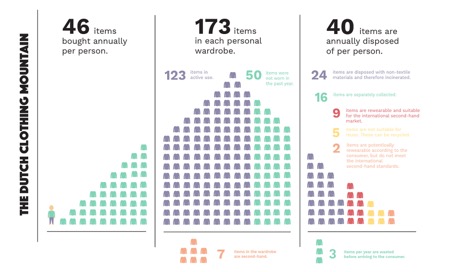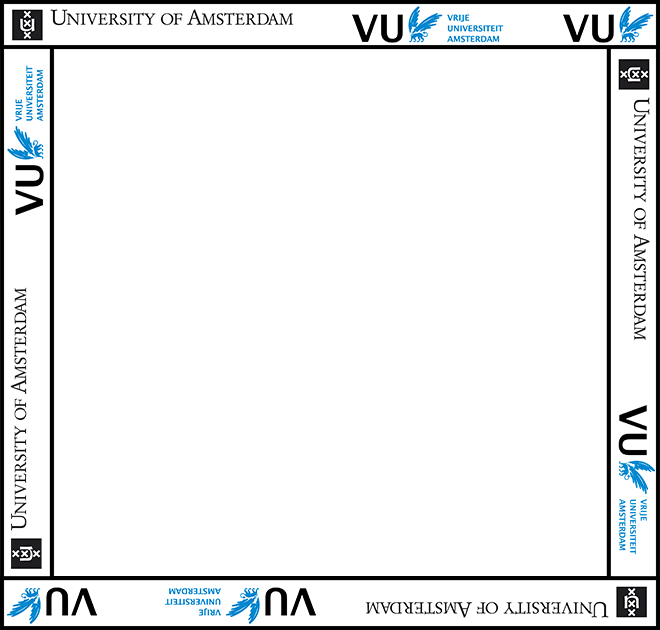researchers:
Keywords: Design, Sustainability, Clothing
What design strategies have been proposed to tackle clothing overproduction and overconsumption due to environmental concerns? What is the effect of these strategies?
This study discussed the quantity of clothing produced and consumed, its growth, and the environmental challenges associated with it. Moreover, the study examined how the field of design reacted to this issue, reflecting critically on the gap between the expected and the actual effects of design strategies aimed at reducing clothing demand. Clothing personalization and durability have been central strategies to that end; however, this research points out that their expected effects are based on partial historical views and simplistic perspectives of clothing consumption. Therefore, the study proceeds in offering an alternative perspective on clothing consumption building on the systemic nature of the wardrobe. Clothing demand rarely follows a logic of replacement: we do not usually buy new garments to replace discarded ones. Consumption practices are far more complex than that. Therefore, producing more meaningful or durable clothes tends to increase, rather than decrease, the size of the clothing mountain.
Click here for more.
Other partners: TUDelft
Involved researchers: This project was developed by Irene Maldini (as PhD candidate) under the supervision of Prof. Dr. Hein Daanen (HvA/VU), Dr. Javier Gimero Martínez (VU) and Prof. Dr. Pieter Jan Stappers (TUD) between 01 Feb 2015 – 27 Nov 2019.




 Back
Back